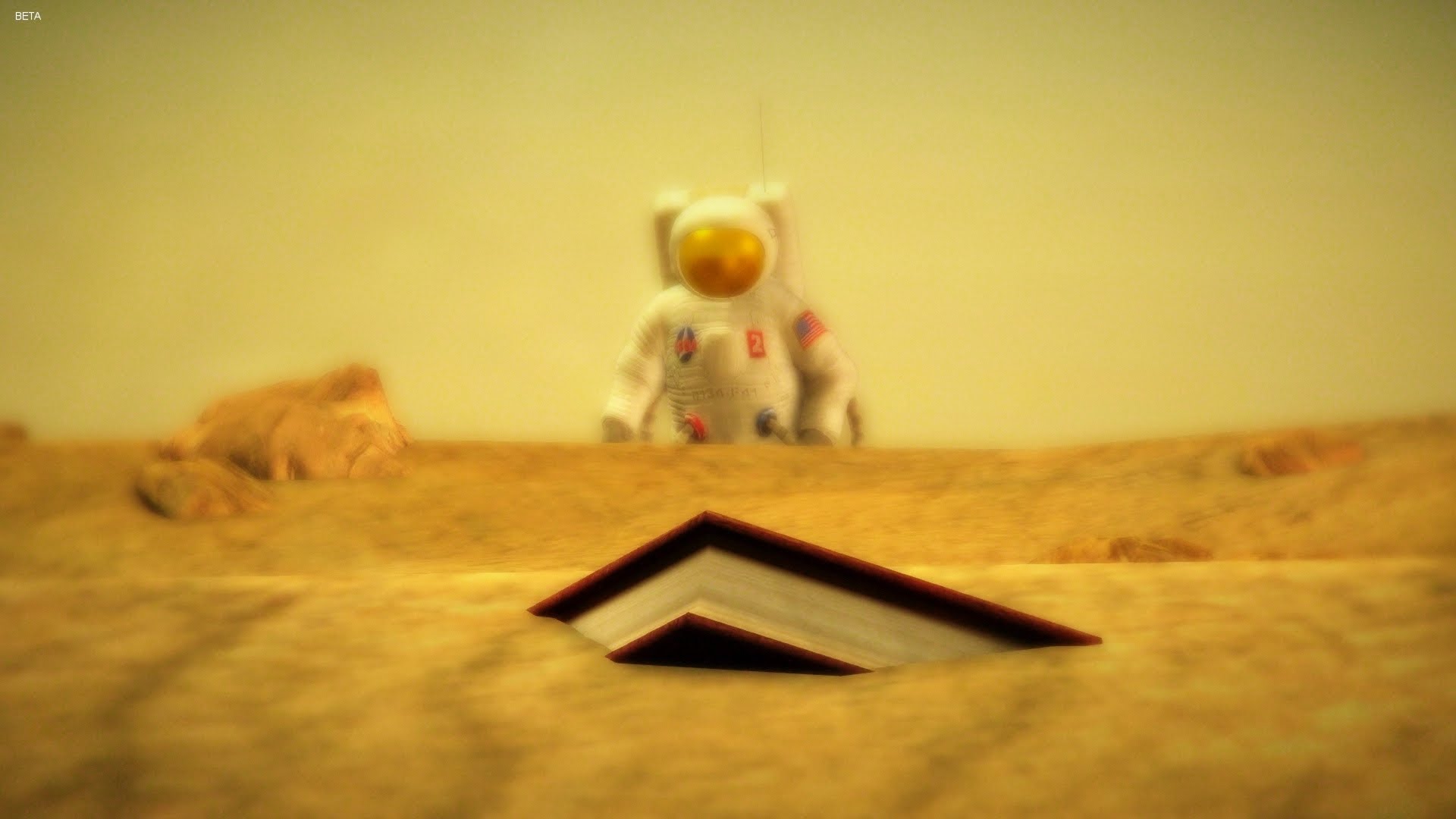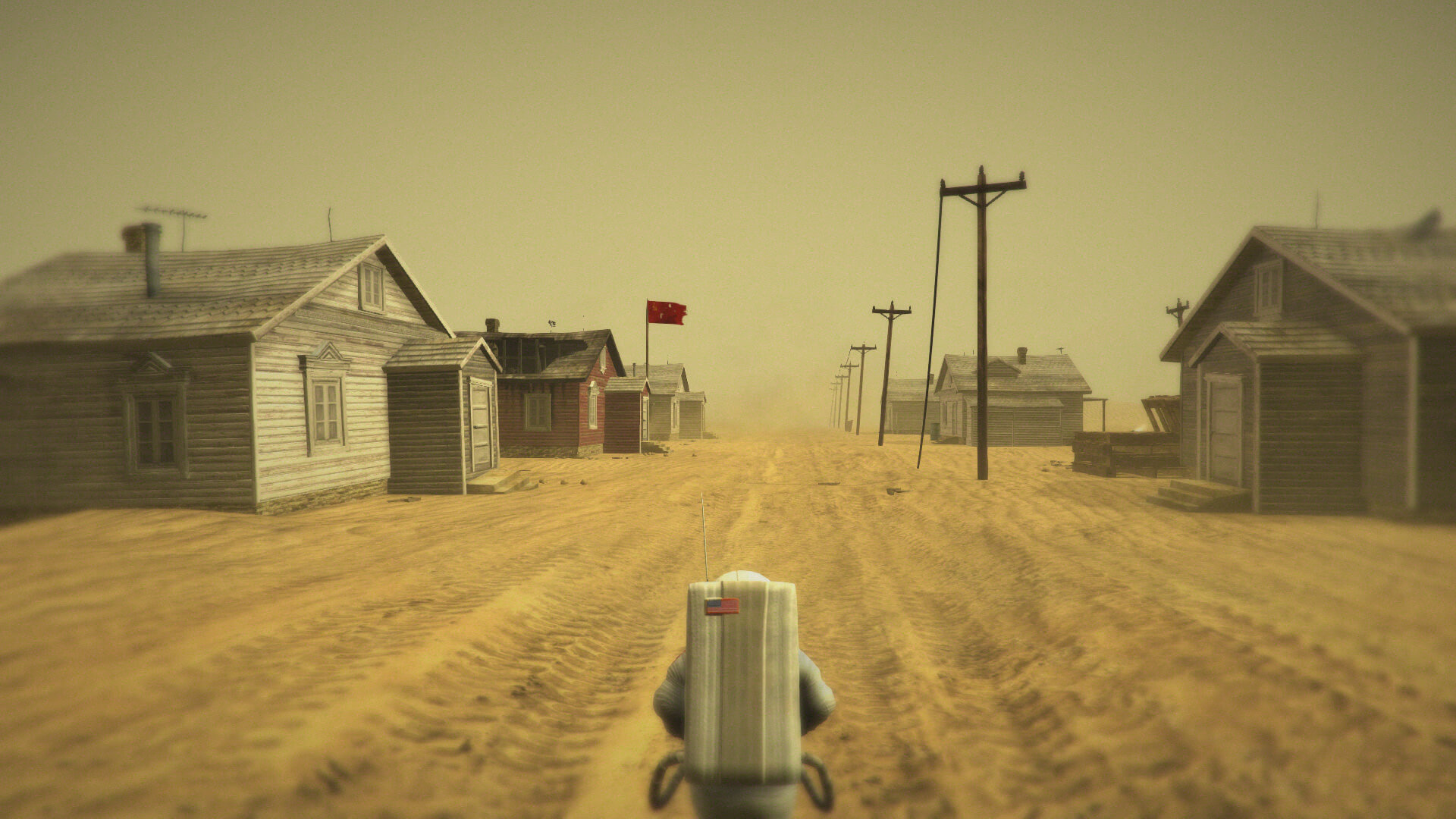Lifeless Planet Nintendo Switch Review
A lesson in not judging a game by its first pixels.

Being dropped into the world of Lifeless Planet feels very similar to your first day at school. Fully aware of the necessity to dive in and with snippets of advice ringing in your ears, you are suddenly abandoned in the middle of an expanse of confusion with a simple set of instructions you have no idea of how to fulfil. Unlike your first day of school, your first task is to deal with the oxygen leak rapidly sucking the life out of your astronaut suit. It was this feeling of blind helplessness that initially had me rubbing my temples at Stage 2 Studios’ mystery exploration platformer. It wasn’t until I’d swanned around the seemingly endless expanse before me for around half an hour that the game fully opened up for me, but that first impression did little to generate excitement for the thoroughly captivating adventure I was about to experience.
After being introduced to the charming exploration platformer side of things after I’d finally found my feet on this alien planet, I placed my Nintendo Switch neatly on the pullout train table before me and reevaluated my position of sheer frustration. There’s such a sense of wonder at discovering the correct trail of exploration, and at nailing the route itself, that I was perhaps thankful that I had spent valuable minutes of my journey wandering around an expanse with absolutely no idea of where to go or what to do.
While it does perhaps ring true that a game that specialises in exploration should reward those willing to poke around each corner with more than a dusty crater, that sentiment in itself doesn’t quite add up. A lost and lonely astronaut marooned on a strange planet wouldn’t be rewarded by anything particularly interesting for wasting energy and oxygen. Instead of the initial resentment I felt for the repetitive, eye-strainingly poor textures that painted every surface, I was grateful for the power that anything I found that wasn’t more sand held for it.

Once I had sourced the game’s chosen course for me, these worryingly plastered brown wallpapers became minimalist backdrops on which to demonstrate the sheer magnitude of my present location. The empty space on the screen suddenly focused my attention on everything my little astronaut did, which made the discovery of a small Russian book all the more devastatingly compelling.
Much of my gameplay was dictated by this credo. Everything in Lifeless Planet is so painstakingly simple, it makes everything you’re supposed to be taking notice of shout even louder. And nowhere is this more present than in the platforming element of the adventure. The gratification of solving a puzzle you weren’t even aware of participating in makes platforming feel like actual exploration, rather than the railed route the developers were in danger of toeing. Sure, Lifeless Planet is by no means an open-world game – I found that out in constant disheartening attempts to manoeuvre a gradient barely higher than my space boots. Instead, I realised later, every encounter is very much prescribed.
The magic comes, however, when you have to realise this later. I became somewhat grateful for those minutes spent wandering aimlessly in the wrong direction. Even though I wasn’t engaging in open-world exploration with a whole planet at my feet, scouring an apparently gaping landscape for a path forward felt like I was. There’s a definitive path to take in Lifeless Planet, but where the game departs from a boring on-rails jumping simulator is its ability to obscure that path just enough to give you the impression of calling the shots.
The same can be said of Lifeless Planet’s storyline. The mystery orbiting this planet lies in the Soviet structures, papers, and machines left in its dust. I felt an increasing kinship with my astronaut after hearing of the bountiful world they had been promised, full of life and promise, only to be faced with a desert landscape and a bad cough. Finding a diamond in the dirt, then, caused both myself and my protagonist to reconsider our perceptions of this world. As I careened across chasms and leapt from ledge to ledge, piecing together different chapters of a story I genuinely wanted to explore further, I felt an exhilaration I would have laughed at in my initial introduction.

Everything comes back, then, to the element of this game that initially turned me so far off the experience I had to force myself to continue. That pesky art style. Miles of the same texture initially sinks my stomach. I’ve played games that look like this before, and I know the drill; trundle around some poorly textured rocks before you find a clue, rinse, and repeat until the credits roll. Thankfully (for both Stage 2 Studios and my train journey) Lifeless Planet flipped the gravity switch on my expectations. Paired with the apparent expansive surroundings, the unremarkable nature of the textured backdrop makes everything more interesting, and this is where things really caught me. Everything you would be surprised to find on an abandoned planet; waterfalls, structures, machines, books were actually surprising to find. As if they were in an art gallery, the negative space surrounding a serene lake on an alien planet prioritised its subject in a manner that would mirror real life. Every wooden structure or flag was even eerier and every new landscape was all the more beautiful.
A few drawbacks kept me from shouting Lifeless Planet’s praises from the rooftops of each shanty town I found, however. Precision controls feel fairly necessary to a platformer, especially one where the slightest movement could send you back to the beginning of an arduous puzzle. So, having fuzzy endpoints for analogue stick acceleration and sticky controls in general degraded the experience a little. It can be easy to forget the peaceful tale of discovery and beauty when you’re on your fourth attempt at a jump and your jetpack won’t stop when you tell it to. Similarly, there’s a clunky feel to general movement, making traversal feel less smooth than it should in an experience settled on the joys of freedom and exploration. These mechanical aspects won’t be enough to have you putting the game down (though they may lead to a handful of rage quits if you’re particularly quick to anger) though they do detract from the serenity of the game’s aesthetic and storytelling premise.
In an industry built on flashing lights, erratic sound effects, and mind-melting on-screen cacophonies, Lifeless Planet takes a bit of getting used to. Once you do, you’ll realise there’s a whole other world of gameplay and storytelling in our hands. While it may be held back by its initial impressions and some control faults, Lifeless Planet is definitely one to catch.
